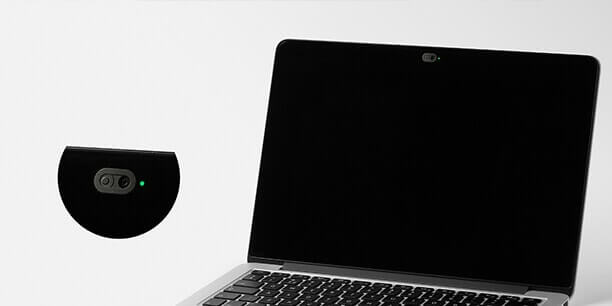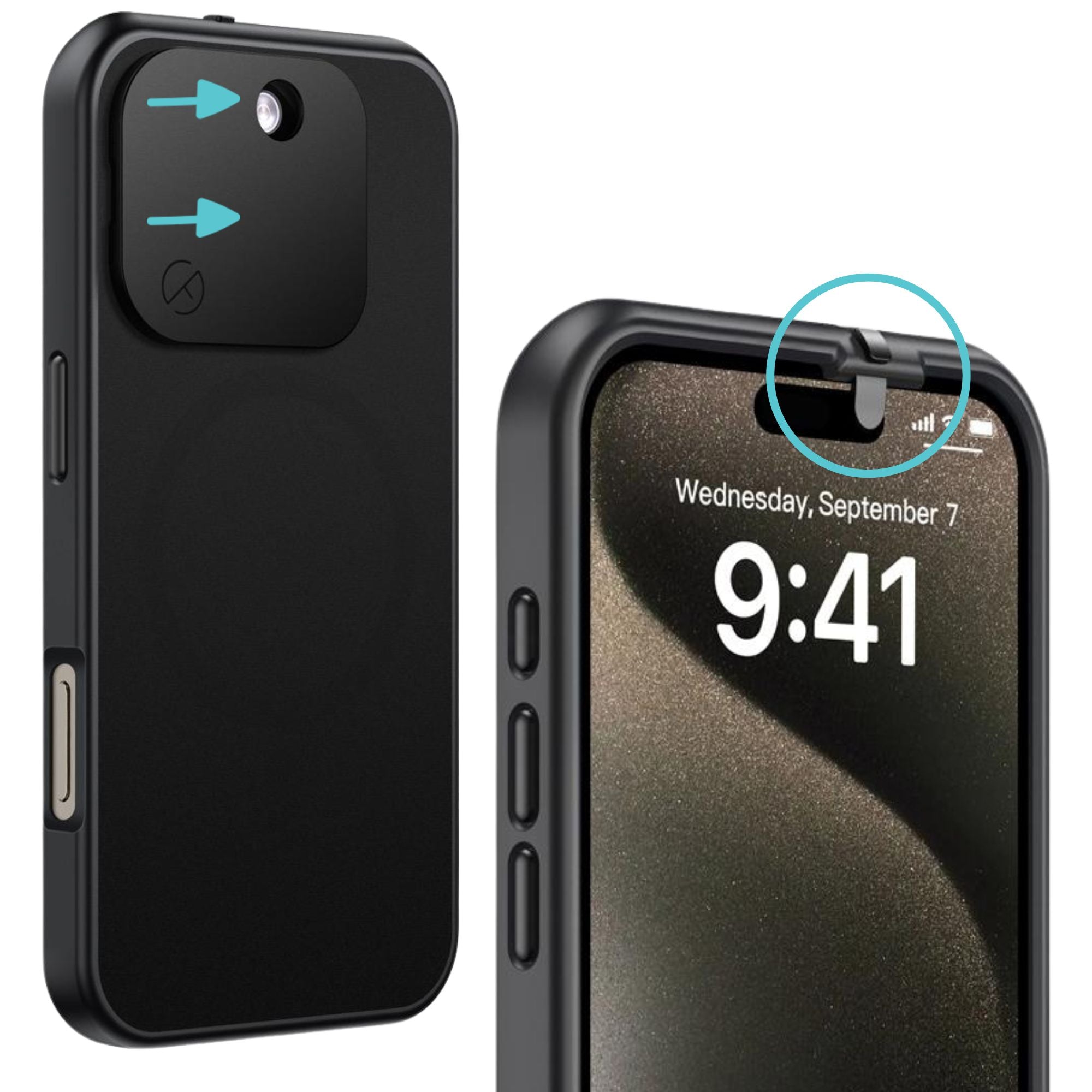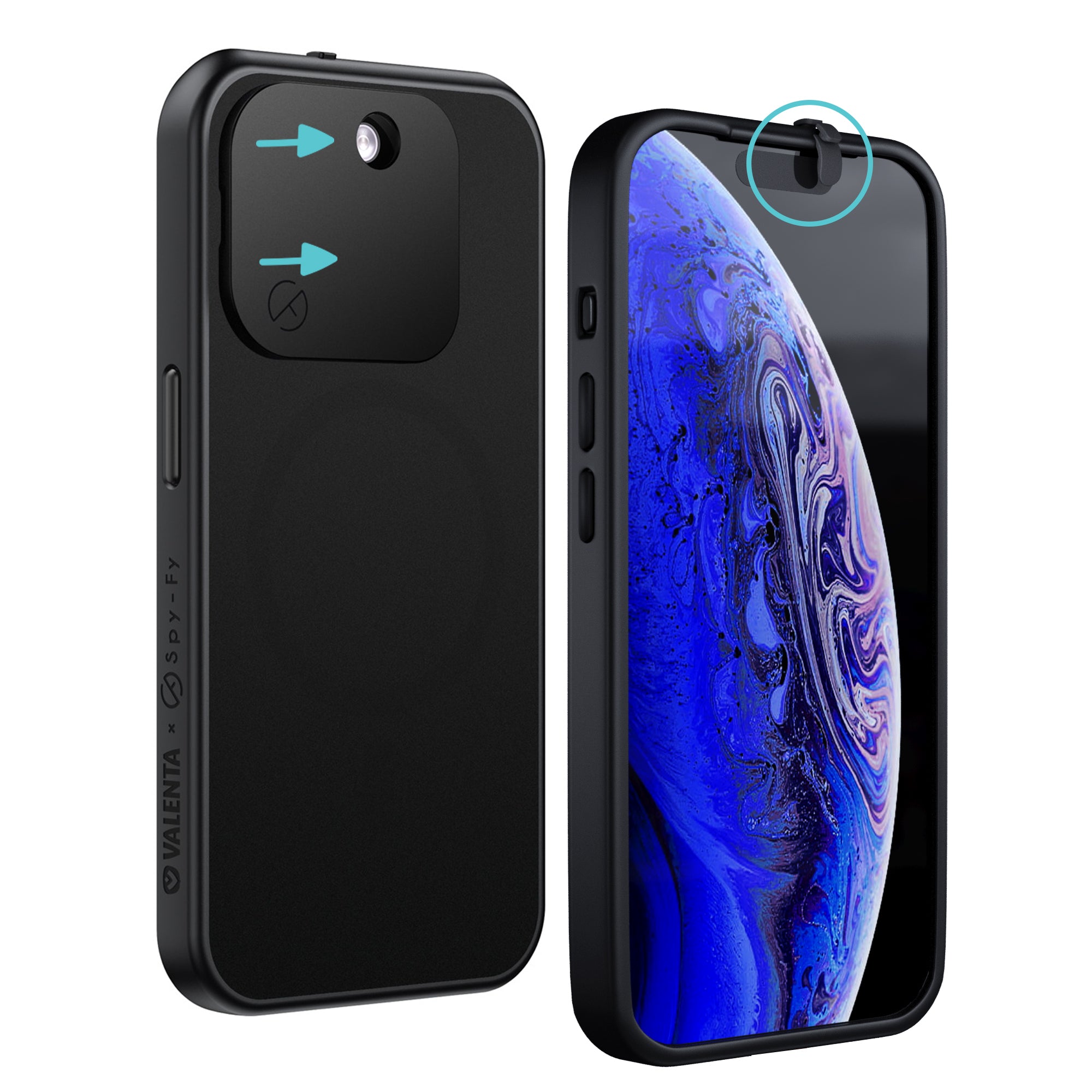Without using the privacy settings on Strava, a stranger could learn where you live, when you run, and where you run. Runners using fitness apps should consider the privacy risks. For example, Strava, a social fitness tracking app, has recently been criticized because users may not realize how public their personal information may be. The public availability of information such as one’s home address and frequent running routes is cause for alarm. By asking questions about the privacy features of these fitness apps, runners can better protect themselves and their personal privacy.
Understanding the privacy problem with fitness apps
The appeal is of using a fitness app like Strava or MapMyRun to track one’s progress is understandable. For instance, some runners may seek motivation from their online community. Similarly, sharing one’s activity helps with accountability. For those trying to reach a new running goal, accountability from others might be just the push they need. In addition, posting a favorite running route might allow others to follow in our footsteps and try out a cool new route. Or, perhaps some of us are just really proud of our fitness achievements and want to show them off. Fitness apps can be really helpful in this regard. Fitness apps use GPS tracking so that runners can see how far they went and record their routes and time. However, it is these same features that can put your privacy at risk.
Picture this scenario: you use a fitness app to record your running route starting from your house. After your run, you post a snapshot of your route on Facebook or share your run on the fitness app. Congrats, whether you intended to or not, you’ve just shown the world where you live. A stranger could potentially find out where you live, where you like to run, and when you like to run. This is one of the key problems that could occur when not taking privacy into consideration. Therefore, it is important that runners learn how to use these fitness apps in a way that can still achieve their goals while keeping their personal privacy in mind.
A real-life example: Strava and privacy concerns
Social fitness tracking app Strava has run into trouble with user privacy concerns, and these concerns aren’t new. According to the Guardian, a couple of years ago the locations of hidden U.S. military bases were potentially revealed after military personnel used Strava to track their fitness. As they were running, their routes were essentially outlining the base on the map. In other news, author Peter James is writing a crime novel loosely based on his wife’s experience with a creep when using Strava according to the Argus. She had someone who began running the same route as her and sometimes at the same time. She isn’t alone in feeling like this feature could be dangerous if used by a potential stalker or criminal. Cosmopolitan published an article about how many users seem to find the social features of Strava a bit creepy.
So, what is Strava?
Strava allows cyclists and runners to track and share their activity with others. It’s kind of like a social network especially made for runners and cyclists. Many of the features can help motivate users. There are certain features that could show others your cycling or running route. This begs the question, who can check-in on all your tracked activities? And, is Strava safe to use?

If you don’t set the privacy controls so that only your followers can see your activity, then everyone you interact with could potentially see your data. So, if you are going for a run and another Strava user uses a similar route, they might receive a push notification. Essentially, Strava detects a match in the running route and then considers your runs as a group activity so that you can interact and compare your progress with other users. There is a specific Flyby feature that, when activated, can allow you to see who you crossed paths with on your run or ride. How-to Geek suggests that the main privacy problem with Strava is the default settings. Basically, these features are active and could broadcast your data to the public unless users change the settings.
So, is Strava safe to use?
Although Strava has privacy settings that can help users to protect their privacy, the default settings are set to public. So, while options may exist to help, unaware users may be putting their privacy at risk. While Strava is one example of a fitness app that has been in the news lately, there are other options out there that might have similar privacy risks. This is why it is important that runners consider the following privacy questions before using all fitness apps (not just Strava).
Who can see my tracked activities (runs, hikes, walks, bike rides, etc.) from my fitness app?
On every fitness app you use, consider this question. What information are you comfortable putting out there? Give it a quick Google search if you are unsure about the data practices of a particular app. Investigate the options. Can you choose a select group of approved followers to track your progress or can the whole world follow along? Part of the appeal of fitness apps is the social feature. Just consider who you would like to be connected with.
What privacy settings are available on my fitness app?
Before you use the app, look at the privacy setting available for your use. Not all fitness apps are created equally in this regard. It is important to note the default settings and then decide if you would like to adjust any of the privacy options. For example, on Strava users can change the default setting so that only followers can see their activity. You can also create a privacy zone around your house. This is especially helpful if your runs always start from your home. On MapMyRun you can adjust how others can find your account as well as who can see your routes. Be sure to check out the privacy settings on fitness apps to stay privacy-aware.
What are the risks of posting my running routes on social media?
After a run, hike, or bike ride, many people enjoy posting a screenshot of their route on social media. Even if you are being safe on the app by limiting your data sharing, if you are posting your route on social media, you are not being privacy-aware. Think about it. How private is your social media account? This is not to say that you shouldn’t post anything about your workout achievements. Instead, you should rethink what you post. Try posting a picture that doesn’t reveal as much personal information. Maybe a fun selfie after your run? Or just the running stats like your time and distance?

Overall, the appeal of fitness apps for runners are clear. However, Strava is a distinct example of how privacy issues can become a problem for some users. Therefore, runners and athletes should keep their privacy as a priority when using these fitness apps. By staying in the know about key privacy features, you can keep on working out without running into trouble.







